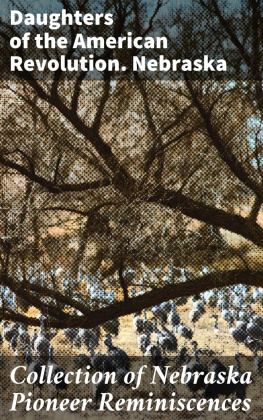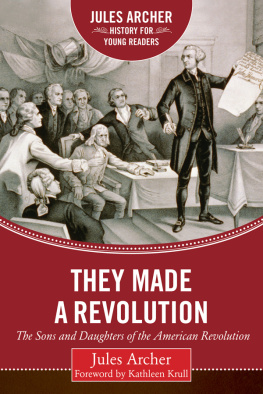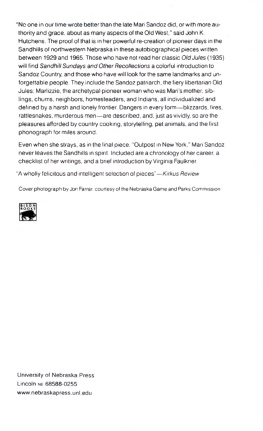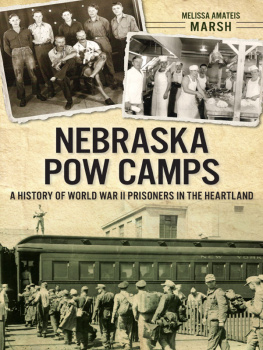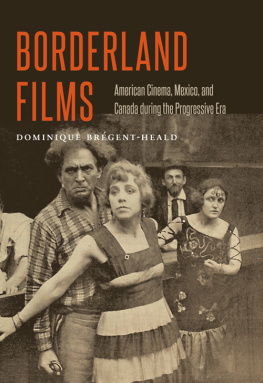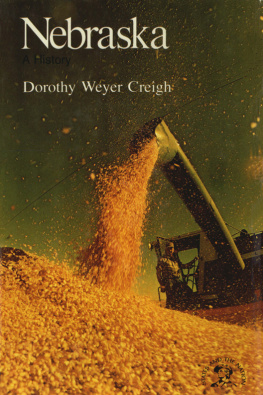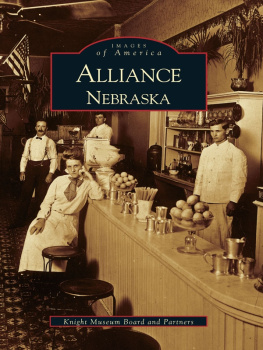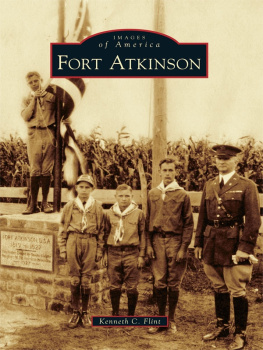Daughters of the American Revolution. Nebraska - Collection of Nebraska Pioneer Reminiscences
Here you can read online Daughters of the American Revolution. Nebraska - Collection of Nebraska Pioneer Reminiscences full text of the book (entire story) in english for free. Download pdf and epub, get meaning, cover and reviews about this ebook. year: 2017, publisher: CreateSpace Independent Publishing Platform, genre: Non-fiction. Description of the work, (preface) as well as reviews are available. Best literature library LitArk.com created for fans of good reading and offers a wide selection of genres:
Romance novel
Science fiction
Adventure
Detective
Science
History
Home and family
Prose
Art
Politics
Computer
Non-fiction
Religion
Business
Children
Humor
Choose a favorite category and find really read worthwhile books. Enjoy immersion in the world of imagination, feel the emotions of the characters or learn something new for yourself, make an fascinating discovery.
- Book:Collection of Nebraska Pioneer Reminiscences
- Author:
- Publisher:CreateSpace Independent Publishing Platform
- Genre:
- Year:2017
- Rating:5 / 5
- Favourites:Add to favourites
- Your mark:
- 100
- 1
- 2
- 3
- 4
- 5
Collection of Nebraska Pioneer Reminiscences: summary, description and annotation
We offer to read an annotation, description, summary or preface (depends on what the author of the book "Collection of Nebraska Pioneer Reminiscences" wrote himself). If you haven't found the necessary information about the book — write in the comments, we will try to find it.
Collection of Nebraska Pioneer Reminiscences — read online for free the complete book (whole text) full work
Below is the text of the book, divided by pages. System saving the place of the last page read, allows you to conveniently read the book "Collection of Nebraska Pioneer Reminiscences" online for free, without having to search again every time where you left off. Put a bookmark, and you can go to the page where you finished reading at any time.
Font size:
Interval:
Bookmark:

| Mrs. Laura B. Pound |
| Oregon Trail Monument near Leroy, Nebraska |
| Oregon Trail Monument on the Nebraska-Wyoming State Line |
| Mrs. Angie F. Newman |
| Dedication of Monument Commemorating the Oregon Trail at Kearney, Nebraska |
| Mrs. Andrew K. Gault |
| Monument Marking the Old Trails, Fremont, Nebraska |
| Mrs. Charlotte F. Palmer |
| Mrs. Frances Avery Haggard |
| Oregon Trail Monument near Fairbury, Nebraska |
| Mrs. Elizabeth C. Langworthy |
| Mrs. Charles B. Letton |
| Boulder at Fort Calhoun, commemorating the council Of Lewis and Clark with the Otoe and Missouri Indians |
| Mrs. Oreal S. Ward |
| Oregon Trail Monument on Kansas-Nebraska State Line |
| Mrs. Charles Oliver Norton |
| Oregon Trail Monument near Hebron, Nebraska |
| Mrs. Warren Perry |
| Memorial Fountain, Antelope Park, Lincoln |
| Mrs. Charles H. Aull |
| Monument marking the initial point of the California Trail, Riverside Park, Omaha |
| California Trail Monument, Bemis Park, Omaha |
Font size:
Interval:
Bookmark:
Similar books «Collection of Nebraska Pioneer Reminiscences»
Look at similar books to Collection of Nebraska Pioneer Reminiscences. We have selected literature similar in name and meaning in the hope of providing readers with more options to find new, interesting, not yet read works.
Discussion, reviews of the book Collection of Nebraska Pioneer Reminiscences and just readers' own opinions. Leave your comments, write what you think about the work, its meaning or the main characters. Specify what exactly you liked and what you didn't like, and why you think so.

